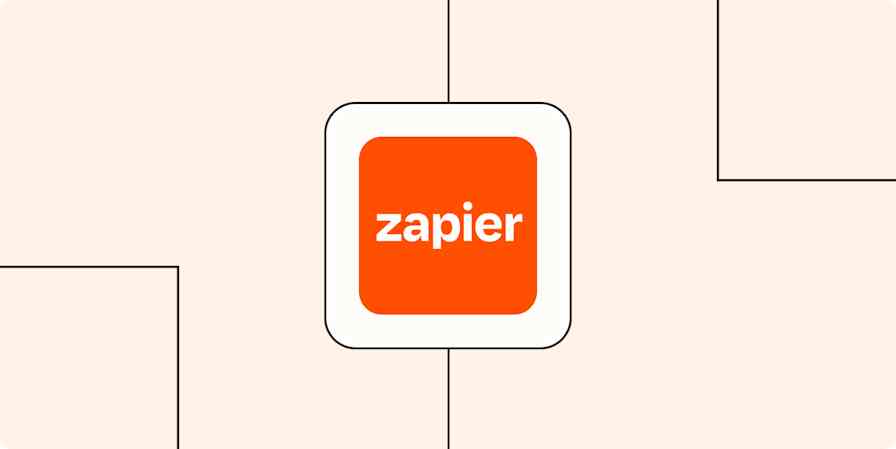How we work at Zapier
5 min readRemote Design: How Zapier Is Building a Distributed Design Culture
By Julia Elman · November 14, 2017

Get productivity tips delivered straight to your inbox
We’ll email you 1-3 times per week—and never share your information.
Related articles
Improve your productivity automatically. Use Zapier to get your apps working together.








